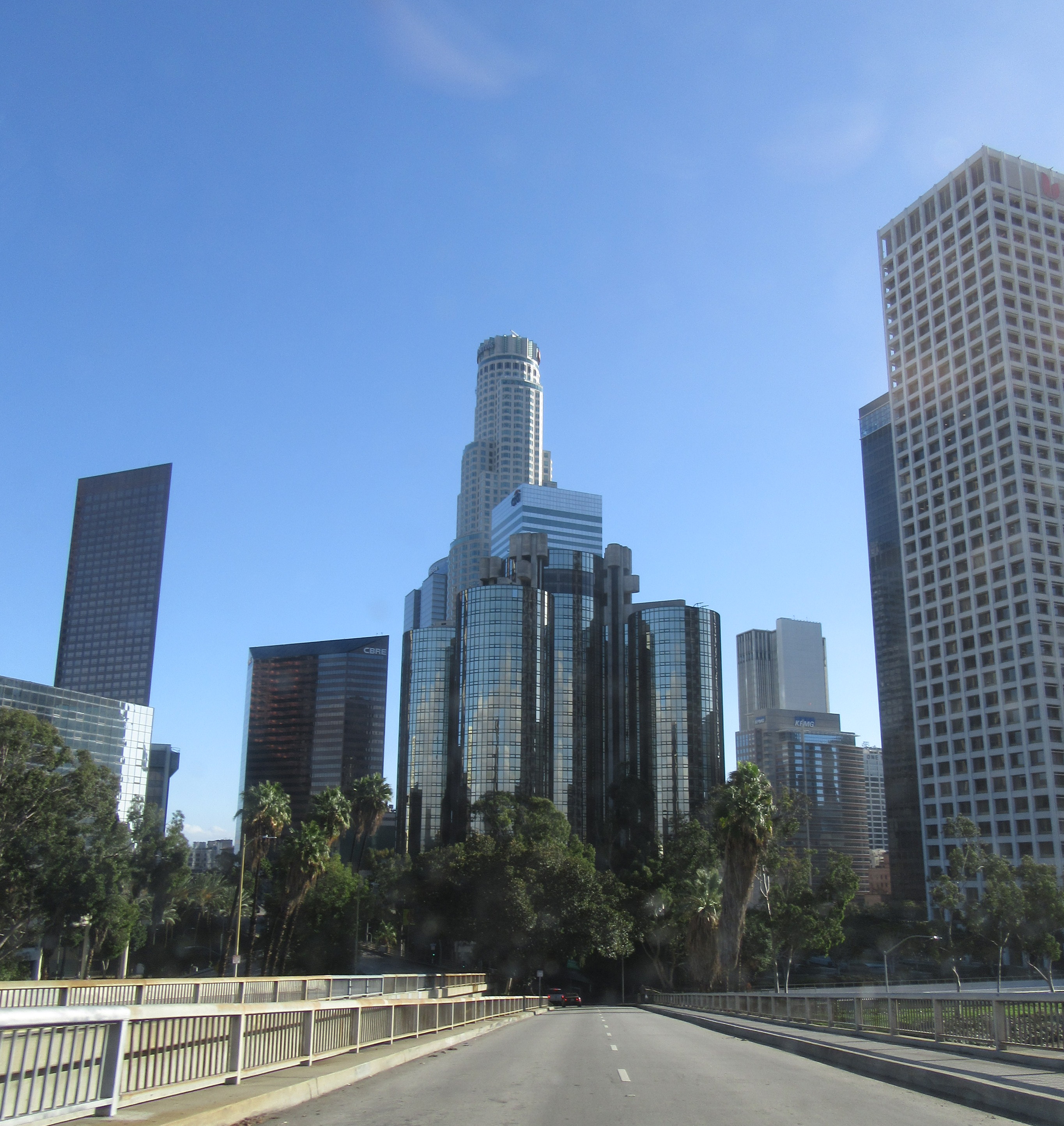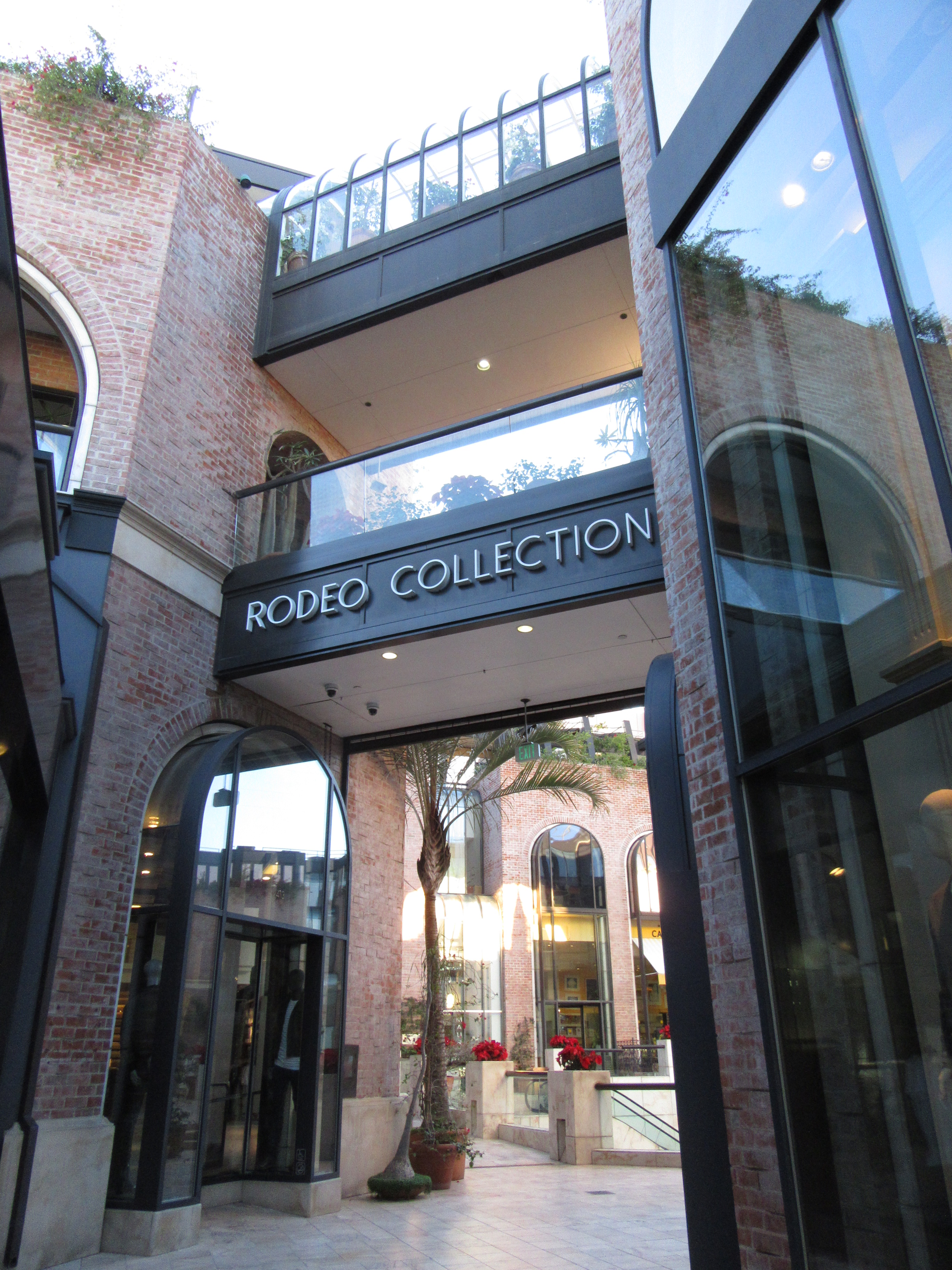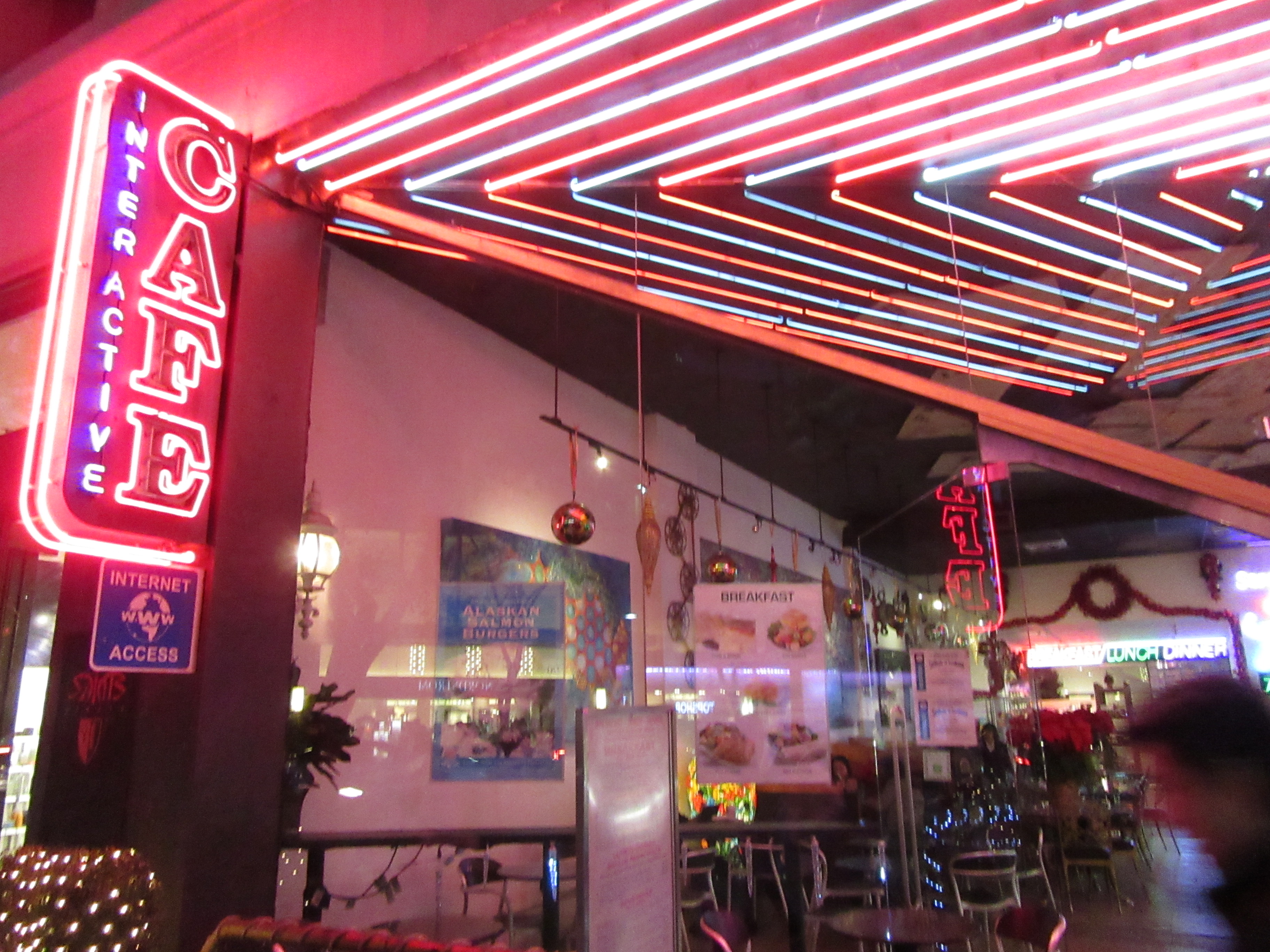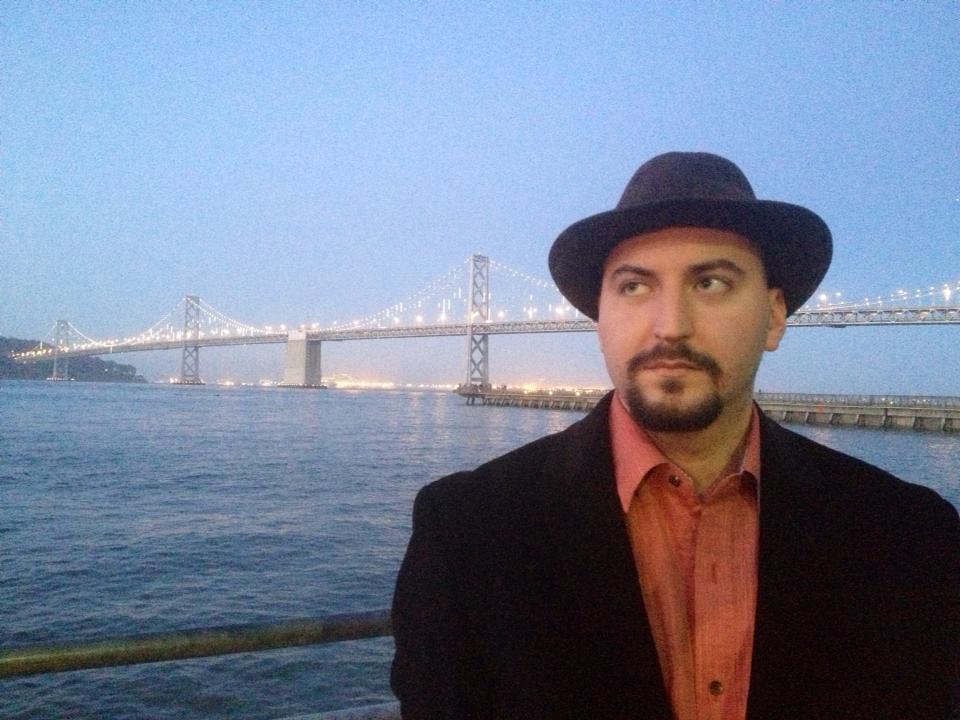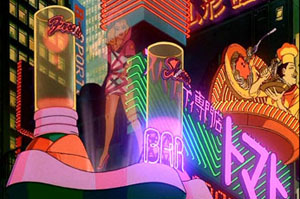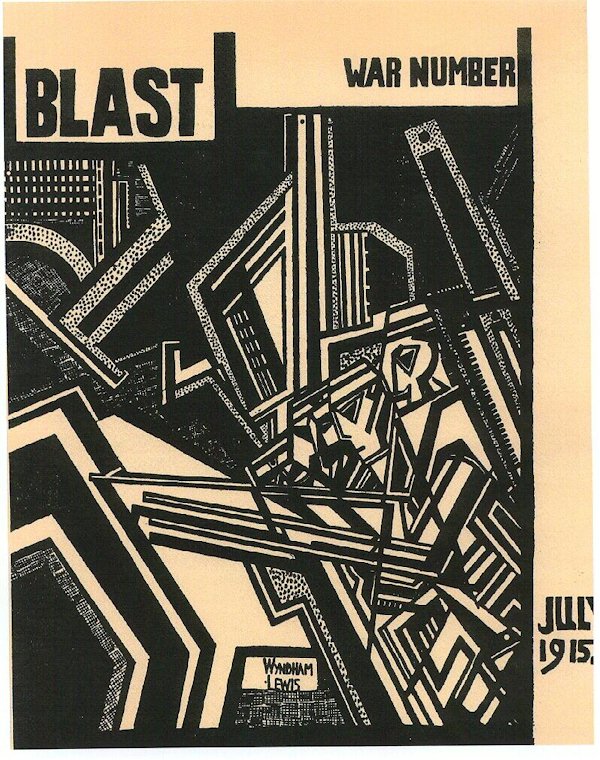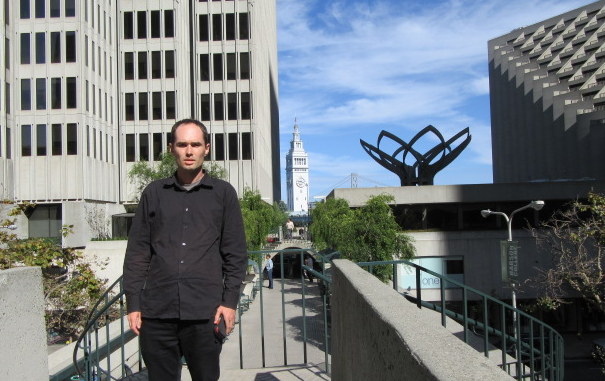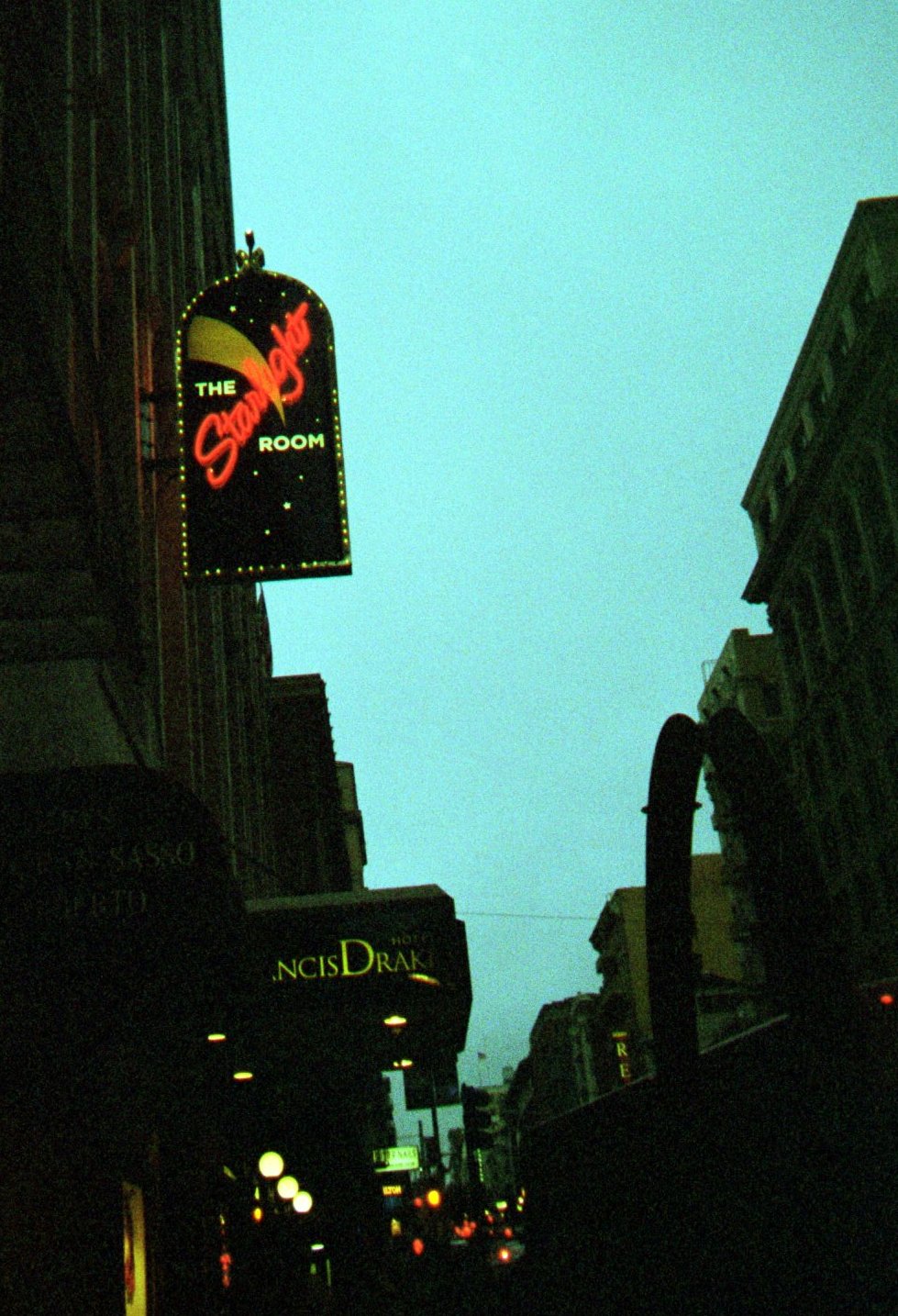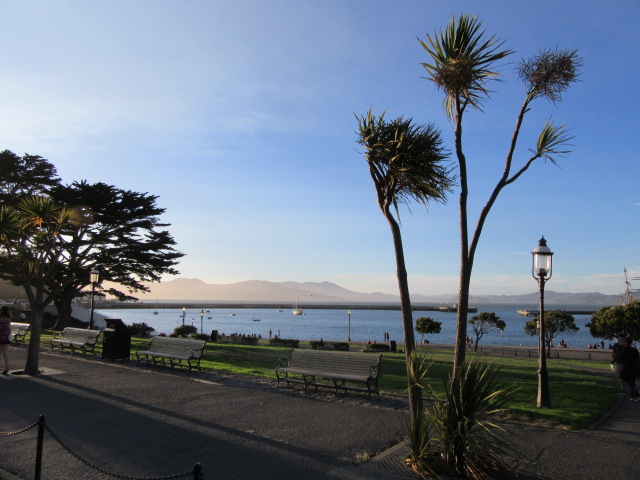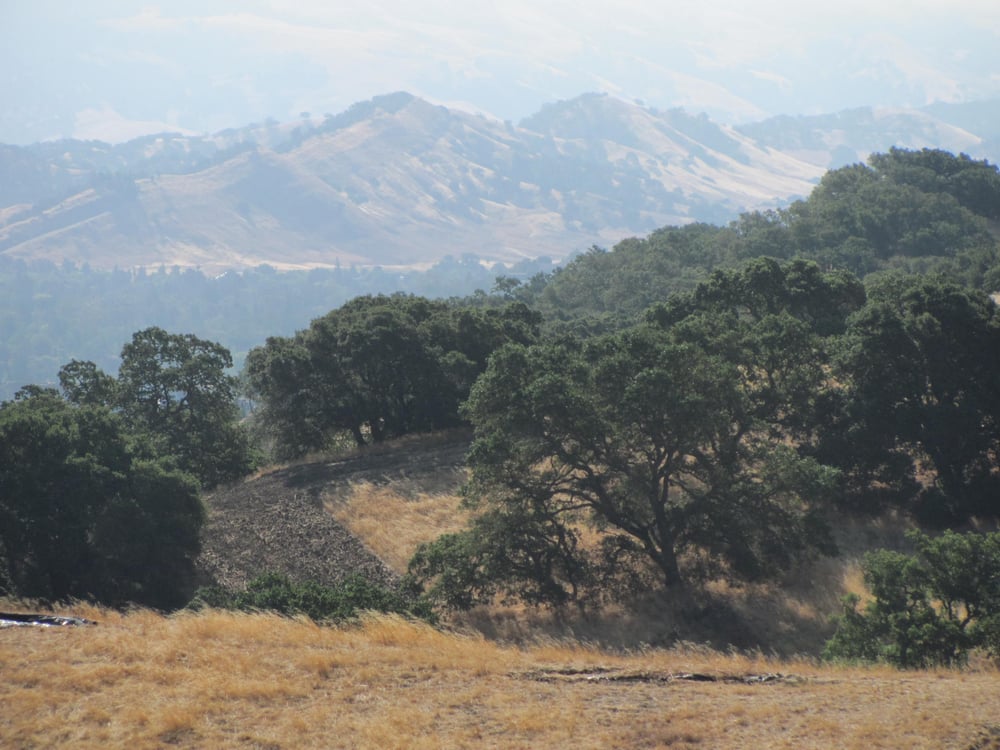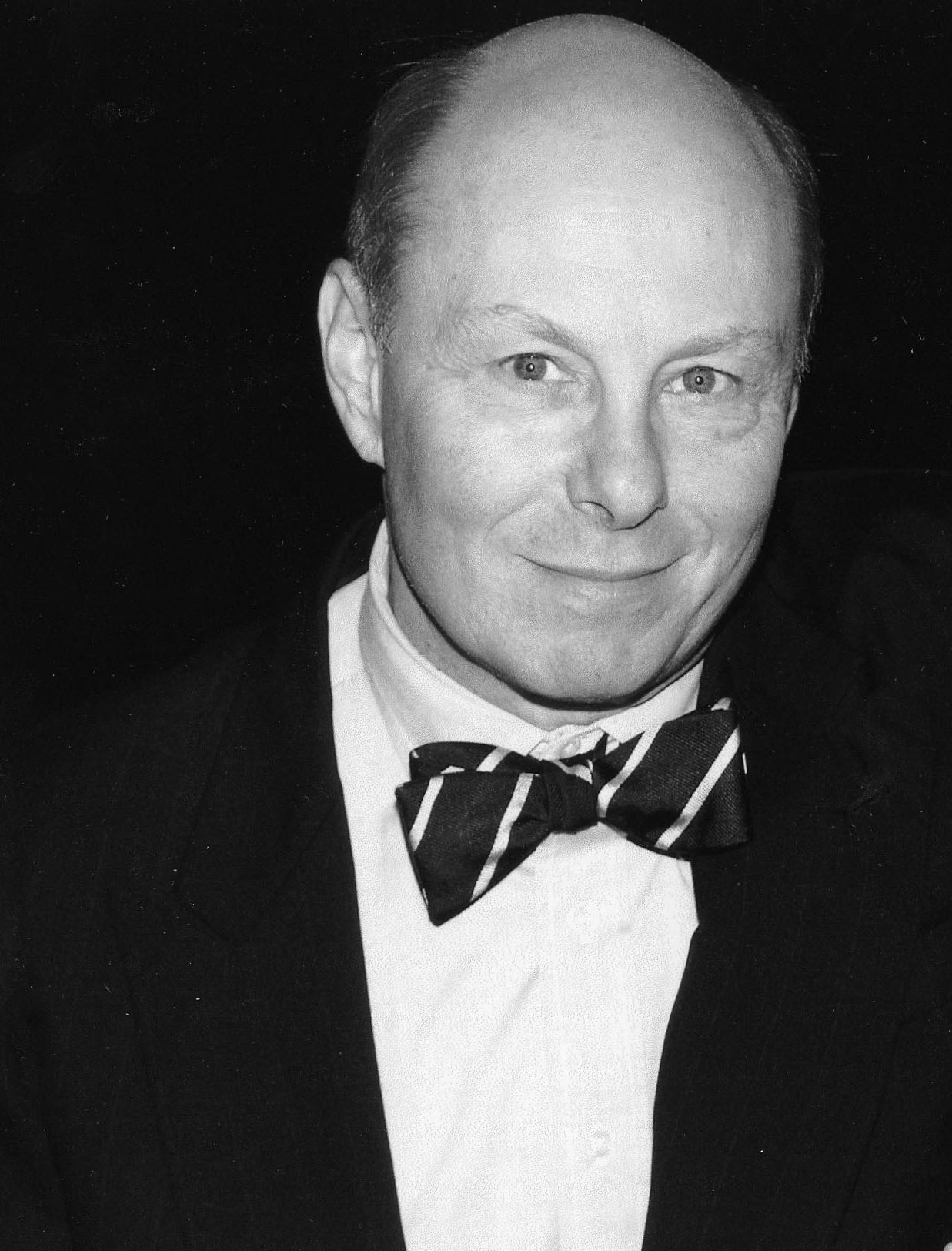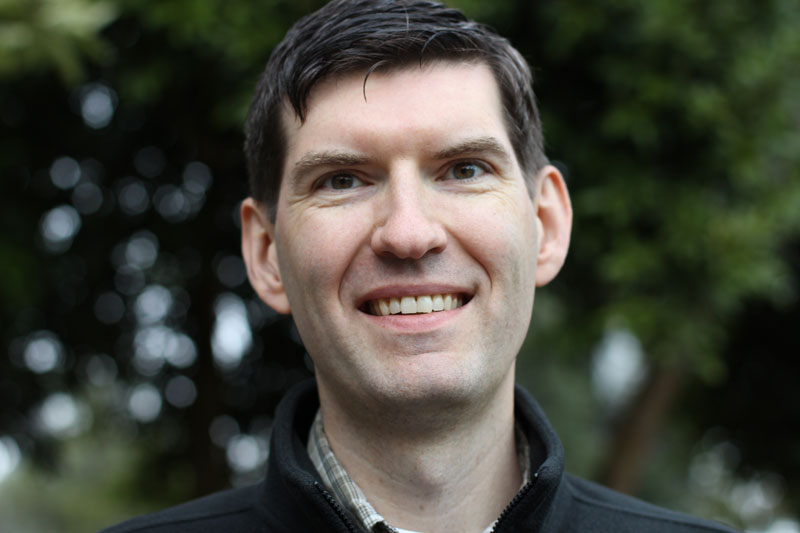Robert Stark joined with co-host Pilleater, Rabbit, and Charles Edward Lincoln, talk about his recent trip to his hometown LA
Topics include:
The Hollywood imagery and outsider stereotypes of LA
The history of LA
How LA’s urban core is spread out over a large geographic area from Santa Monica on the Coast to Downtown LA
Robert’s disclaimer that the photos capture the best of LA, but that most of the spaces in between are unappealing due to the cities sprawl
LA’s transit system
South Central LA
West Hollywood, and Rabbit’s experience living there
Downtown LA, the gentrification of the historic core, the grittiness and vintage signage of Broadway, and the Serial Killers Who Haunted The Cecil Hotel
Downtown LA’s architecture including John Portman’s Bonaventure Hotel, and the the 80’s Art Deco revival Home Savings Building where Charles Lincoln worked
Beverly Hills, the 80’s futurist Rodeo Collection, the “Vaporwave” Roman Fountain , and the the 70 futurist/late modernist Roxbury Plaza
Century City, which originally had a 60’s futurist aesthetic, was the the film location of Conquest of the Planet of the Apes, and the Century City Mall
1980’s Malls including the Beverly Center(Original image), Westside Pavilion, which reminds Pilleater of the game Myst, and the renovation of those malls which ruined their aesthetic
Historic preservation trends starting with demolition of the Art Deco Richfield Tower in Downtown LA, to the lack of preservation for 80’s architecture today
New architecture inspired by past styles including the new Streamline Moderne Under construction Beverly Hilton tower, 70’s futurist inspired renderings for skyscrapers, and Rabbit’s observation that many apartments are being retrofited in mid-century modern styles
Santa Monica, the waterfront, architecture including the Art Deco Clock Tower, and Santa Monica NIMBY Restriction on heights
The Interactive Cafe, which is one of the last surviving independent businesses in downtown Santa Monica, and Pilleater’s point that it has a Cyberpunk aesthetic
The high cost of housing in LA, even in unappealing areas
The San Fernando Valley, which was traditionally home to LA’s middle class
Demographic trends, the destruction of the white middle class, gentrification of the urban core, and new suburban ghettos in the desert
Rabbit’s point about SWPLs he met in LA who look down on the suburban middle class
The Alt Left dilemma between identifying with SWPL Culture, and urbanist aesthetics, and supporting white middle class identitarianism, which often lacks strong aesthetic visions
Click Here to download!
Check out Robert Stark’s Paintings!
View Full Photo Album
Continue reading Robert Stark talks about his trip to LA
